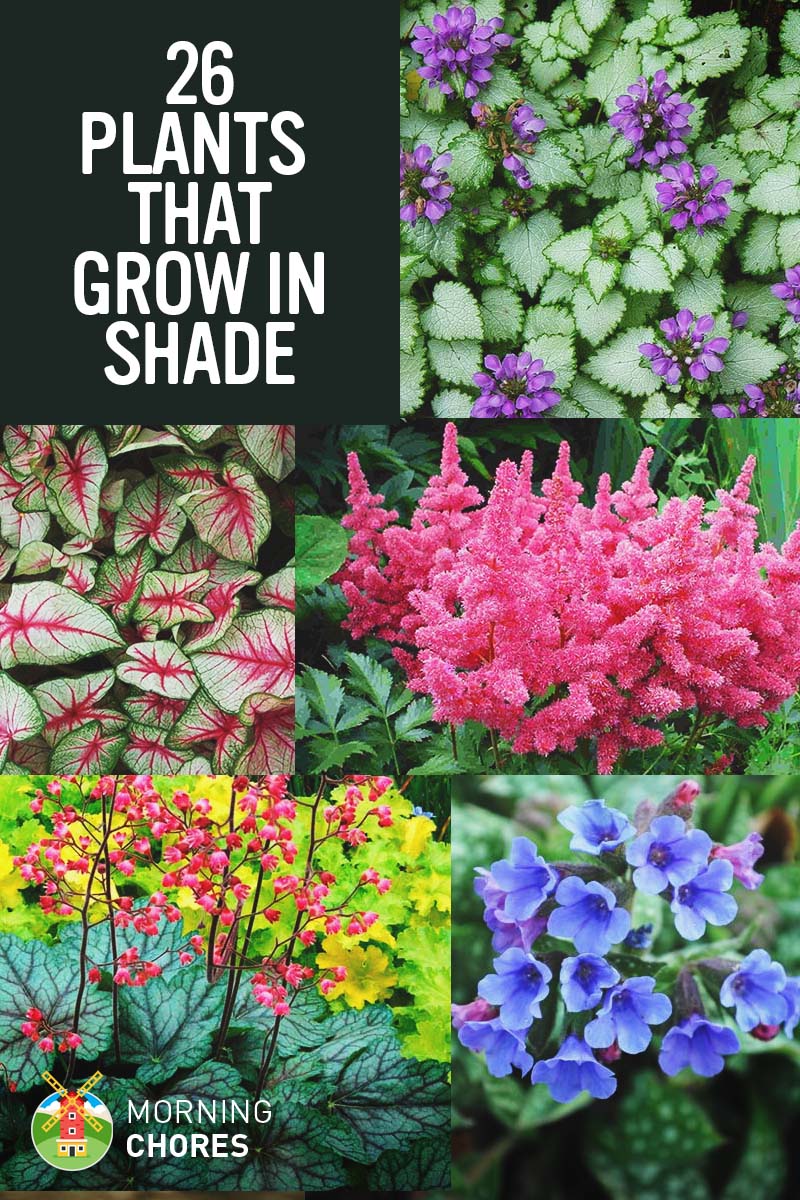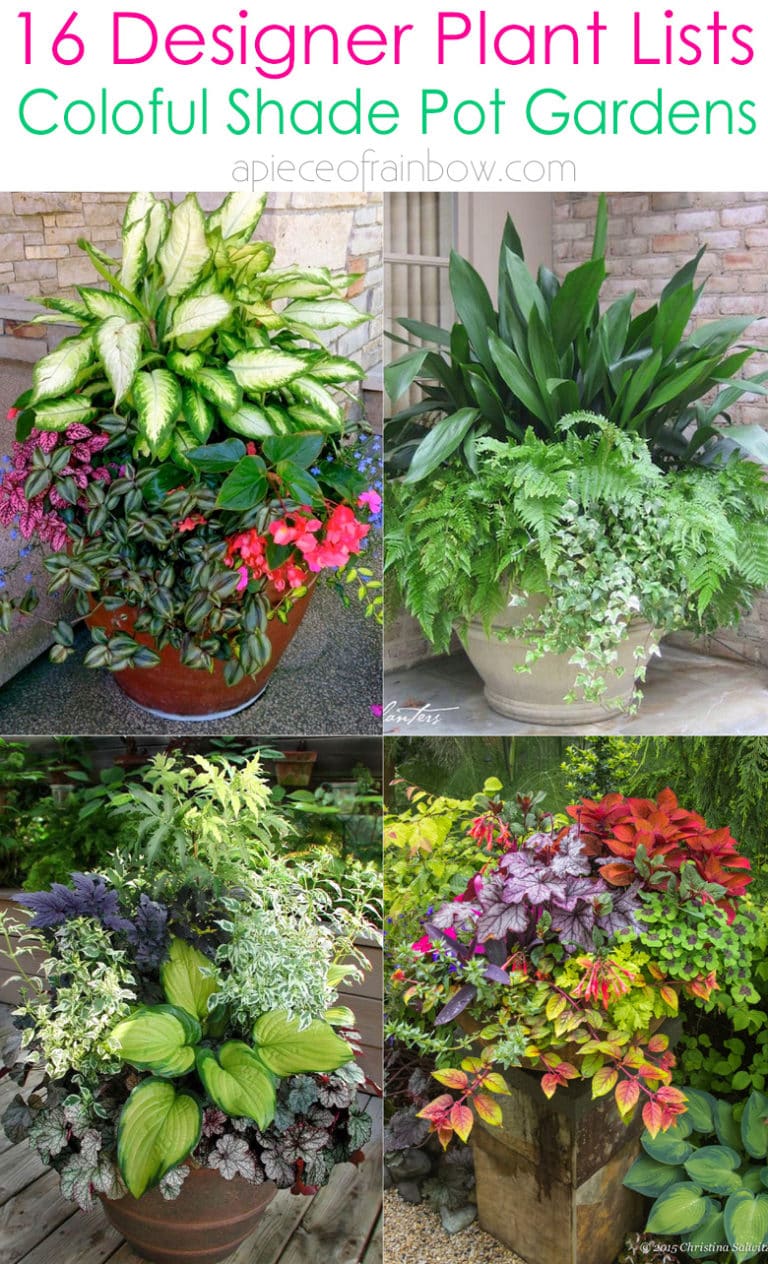Why Full Shade Plants Matter for Your Outdoor Space
Incorporating good plants for full shade into your outdoor design can have a transformative impact on your yard. Not only do they add beauty and visual interest, but they also provide functionality and biodiversity. By selecting plants that thrive in full shade, you can create a lush oasis that attracts wildlife, improves air quality, and even increases your property’s value. Moreover, shade plants can help reduce the urban heat island effect, mitigate soil erosion, and create a sense of serenity in your outdoor space. Whether you’re looking to revamp a neglected corner or design a stunning shade garden from scratch, understanding the importance of full shade plants is the first step towards creating a thriving outdoor haven.
Understanding Full Shade: What It Means for Your Plants
Full shade is a term used to describe areas that receive little to no direct sunlight, often due to the presence of trees, buildings, or other obstacles. This lack of sunlight can significantly impact plant growth, as most plants require at least partial sunlight to undergo photosynthesis. However, this doesn’t mean that plants can’t thrive in full shade. In fact, many good plants for full shade have adapted to these conditions and can still provide beauty and functionality to your outdoor space. To identify areas in your yard that receive full shade, observe the amount of sunlight they receive during the day. If an area receives less than 2 hours of direct sunlight, it’s likely to be in full shade. Understanding the concept of full shade is crucial in selecting the right plants for your outdoor design, as it will help you choose plants that are well-suited to these conditions.
How to Choose the Best Plants for Deep Shade
When selecting good plants for full shade, it’s essential to consider several factors to ensure you choose plants that will thrive in these conditions. One of the most critical factors is soil type. Full shade plants often require rich, moist soil that is high in organic matter. Look for plants that are tolerant of a range of soil pH levels and can handle moist to wet soil conditions. Moisture levels are also crucial, as full shade plants often require consistent moisture to perform well. Consider plants that are adapted to high humidity and can handle occasional flooding. Maintenance requirements are also a vital consideration. Look for low-maintenance plants that require minimal pruning, fertilizing, and pest management. Some good plants for full shade that fit these criteria include ‘Hellebores’, ‘Ferns’, and ‘Creeping Thyme’. By considering these factors, you can choose plants that will excel in deep shade and provide beauty and functionality to your outdoor space.
Top 10 Plants That Flourish in Full Shade
When it comes to selecting good plants for full shade, there are many options to choose from. Here are ten plants that thrive in deep shade, along with their unique features, growth habits, and care requirements:
1. Hostas: These versatile plants come in a range of sizes and colors, and are perfect for adding foliage interest to shade gardens. They require minimal maintenance and can tolerate a range of soil types.
2. Astilbe: With their feathery plumes and vibrant colors, Astilbe are a great choice for adding drama to shade gardens. They prefer moist soil and partial to full shade.
3. Hellebores: Commonly known as Christmas roses, Hellebores are evergreen flowering plants that thrive in deep shade. They require minimal care and can tolerate dry to moist soil.
4. Ferns: From autumn ferns to maidenhair ferns, these delicate plants add a touch of elegance to shade gardens. They prefer moist soil and high humidity.
5. Creeping Thyme: This low-growing, spreading plant is perfect for filling gaps between pavers or stones. It requires minimal care and can tolerate dry to moist soil.
6. Heuchera: With their maple-like leaves and vibrant colors, Heuchera are a great choice for adding foliage interest to shade gardens. They prefer well-draining soil and partial to full shade.
7. Bleeding Heart: With their heart-shaped flowers and delicate foliage, Bleeding Heart are a romantic addition to shade gardens. They prefer moist soil and partial to full shade.
8. Foxglove: These tall, stately plants are perfect for adding drama to shade gardens. They prefer well-draining soil and partial to full shade.
9. Impatiens: These colorful flowers are a great choice for adding a pop of color to shade gardens. They prefer moist soil and partial to full shade.
10. Coral Bells: With their maple-like leaves and vibrant colors, Coral Bells are a great choice for adding foliage interest to shade gardens. They prefer well-draining soil and partial to full shade.
Creating a Lush Shade Garden: Design Tips and Tricks
Designing a stunning shade garden requires careful consideration of several factors, including layout, companion planting, and hardscapes. Here are some expert tips and tricks to help you create a lush and thriving shade garden:
Start by assessing the amount of shade your garden receives. Different plants thrive in different levels of shade, so it’s essential to choose good plants for full shade that are suitable for your specific conditions. Consider the soil type, moisture levels, and maintenance requirements of each plant to ensure they will thrive in your garden.
When it comes to layout, consider a layered approach. Start with a base layer of groundcovers, such as Creeping Thyme or Vinca minor, to fill in gaps and suppress weeds. Next, add a mid-layer of shrubs and perennials, such as Hydrangea or Ferns, to provide structure and interest. Finally, add a top layer of flowering plants, such as Impatiens or Coleus, to add color and vibrancy.
Companion planting is also crucial in a shade garden. Pair plants with complementary textures, colors, and growth habits to create a visually appealing display. For example, pair the delicate foliage of Ferns with the bold, colorful blooms of Astilbe. Consider the mature size of each plant and leave enough space for them to grow and thrive.
Hardscapes, such as paths, patios, and ornaments, can also enhance the beauty and functionality of your shade garden. Consider using natural materials, such as stone or wood, to create a sense of harmony with nature. Add ornaments, such as bird baths or sculptures, to create visual interest and attract wildlife.
Finally, don’t forget to incorporate good plants for full shade that provide solutions for specific needs. For example, if you have a slope or embankment, consider using plants like English Ivy or Creeping Jenny to control erosion. If you want to create a sense of privacy, consider using plants like Arborvitae or Yew to create a screen.
Overcoming Common Challenges in Full Shade Plant Care
While good plants for full shade can thrive in low-light conditions, they still require proper care to overcome common challenges. Here are some solutions to help you overcome these obstacles:
Pest Management: Slugs and snails are common pests in shade gardens, as they thrive in moist, humid environments. To control these pests, use copper tape or crushed eggshells around plant bases, or apply organic pest control methods like neem oil or diatomaceous earth.
Disease Prevention: Fungal diseases, such as root rot and leaf spot, can affect plants in full shade. To prevent these diseases, ensure good air circulation, remove infected plants, and treat with fungicides if necessary. Also, choose disease-resistant varieties of good plants for full shade.
Nutrient Deficiencies: Plants in full shade may require more nutrients, as they receive less sunlight. Use organic fertilizers, such as compost or manure, to provide essential nutrients. Consider using slow-release fertilizers to ensure a steady supply of nutrients throughout the growing season.
Watering Challenges: Plants in full shade may require more frequent watering, as the soil can remain moist for longer periods. Check the soil regularly, and water only when necessary. Avoid overwatering, which can lead to root rot and other problems.
Soil Quality: Poor soil quality can affect plant growth in full shade. Test your soil regularly, and amend it with organic matter like compost or well-rotted manure to improve its structure and fertility.
By understanding and addressing these common challenges, you can ensure the long-term health and vitality of your good plants for full shade. With proper care and attention, your shade garden can thrive and provide beauty and functionality for years to come.
Shade Plants for Specific Needs: Solutions for Problem Areas
Good plants for full shade can provide solutions for specific needs in your outdoor space. Whether you’re dealing with erosion, noise pollution, or a lack of privacy, there are shade-loving plants that can help. Here are some scenarios where full shade plants can provide solutions:
Erosion Control: Plants like English Ivy, Creeping Jenny, and Vinca minor are excellent for controlling erosion on slopes or embankments. These plants have deep roots that help hold the soil in place, preventing erosion and landslides.
Noise Reduction: If you live in a noisy area, good plants for full shade like Arborvitae, Yew, or Holly can help reduce noise pollution. These plants have dense foliage that absorbs sound, creating a more peaceful environment.
Privacy Screening: If you want to create a sense of privacy in your outdoor space, consider using plants like Bamboo, Rhododendron, or Azalea. These plants have dense foliage that blocks out views, creating a secluded atmosphere.
Moisture Management: Plants like Ferns, Astilbe, and Hostas thrive in moist environments and can help manage excess water in your yard. These plants absorb excess moisture, preventing waterlogged soil and reducing the risk of erosion.
By choosing the right good plants for full shade for your specific needs, you can create a functional and beautiful outdoor space that provides solutions to common problems. Whether you’re dealing with erosion, noise, or privacy issues, there are shade-loving plants that can help.
Maintenance and Care for Long-Term Success
To ensure the continued health and vitality of your good plants for full shade, regular maintenance and care are essential. Here are some tips to help you keep your shade garden thriving:
Pruning: Prune your full shade plants regularly to maintain their shape, promote healthy growth, and encourage blooming. Remove any dead or damaged leaves or stems, and cut back overgrown branches to maintain a neat appearance.
Fertilizing: Feed your good plants for full shade with a balanced fertilizer during the growing season (spring and summer). Avoid overfertilizing, as this can damage the plants. Instead, opt for a slow-release fertilizer that provides a steady supply of nutrients.
Mulching: Mulch around the base of your full shade plants to retain moisture, suppress weeds, and regulate soil temperature. Use a thick layer of organic mulch like wood chips or bark, and replenish it as needed.
Watering: Water your good plants for full shade regularly, but avoid overwatering. Check the soil moisture by inserting your finger into the soil up to the knuckle. If the soil feels dry, it’s time to water.
Pest and Disease Management: Regularly inspect your full shade plants for signs of pests or diseases, and take action promptly if you notice any issues. Use organic pest control methods whenever possible, and remove infected plants to prevent the spread of disease.
By following these maintenance and care tips, you can ensure the long-term success of your shade garden and enjoy the beauty and functionality it provides. Remember to choose good plants for full shade that are well-suited to your climate and soil type, and don’t hesitate to seek advice from a gardening expert if you need guidance.




:max_bytes(150000):strip_icc()/astilbe-de2ee3f7-0078f2ed57ac4b0ab115e5df8ed70583.jpg)



